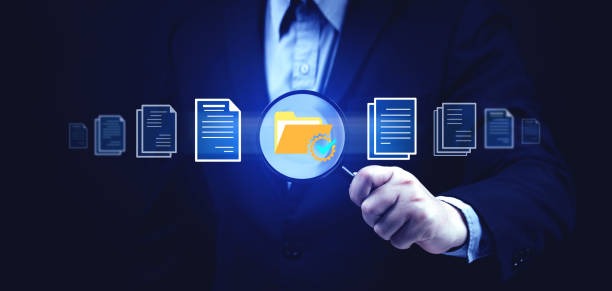Digital communication has led to an increase in electronically stored information used in investigations. Legal and compliance professionals often manage vast amounts of emails, files, and database records during review processes. These growing data sets require reliable tools that remain efficient and structured across tasks, teams, and cases.
The best eDiscovery software supports this need with scalable features that maintain performance while processing large volumes. It helps teams manage everything from data collection to document tagging with consistency across various formats. Built-in indexing and quick access functions allow review teams to navigate data smoothly. Let’s examine the capabilities that make a solution adaptable and effective across changing requirements.
Handling Multiple Data Types Without Delays
Every organization stores information across several platforms, including cloud applications and messaging tools. For software to be useful long-term, it must read and manage diverse data types without extra conversion. It should maintain file structures and metadata to preserve the original context for review.
Scalable tools access content from different sources without data loss or delays. When a platform supports seamless extraction, teams can reduce time spent on technical processing. It keeps workflows moving and reduces the need for constant manual support.
Efficient Review Features for Growing Caseloads
A scalable solution must allow reviewers to access critical files without delay. Search filters, bulk tagging, and file grouping functions improve navigation across large volumes. Teams benefit from being able to group documents logically and assign them based on criteria set in the system.
The ability to add notes, apply batch codes, and highlight matching content improves overall collaboration. Reviewers save time when visual indicators and custom labels are part of the workflow. These tools enhance structure as the volume of content increases.
Security and User Access Built for Larger Teams
User access controls are essential when more reviewers are added to a project. Clear permission levels protect sensitive data while allowing efficient collaboration. Teams working on different sections of the review can operate independently without risk of overlap.
Audit trails provide transparency by recording every activity, which supports documentation of the review process. Project leads benefit from built-in tracking tools that show how data is handled at every step. These functions ensure reviews follow set protocols without extra effort.
Automation Tools That Scale With Workflows
As teams manage more cases, automation becomes important for repetitive tasks. Features that automatically sort documents or issue alerts reduce manual work. These workflows reduce errors and keep reviews organized without constant monitoring.
Key automation features include:
- Batch tagging and coding across selected documents
- Pre-set alerts for nearing deadlines or review milestones
- Custom templates for legal hold notices or custodian assignments
Reliable Platforms That Align with Scalable Goals
As legal teams look for software that supports long-term demands, choosing a provider with a proven record becomes important. Platforms that focus on flexibility, security, and operational clarity often reflect these priorities in their features and design. When evaluating eDiscovery solutions, it helps to consider those that offer a combination of advanced automation, real-time collaboration tools, and role-based access structures.
Solutions that meet regulatory expectations while simplifying day-to-day processes often stand out in professional environments. Scalable design, combined with transparent workflows and consistent performance, forms the foundation of effective document review systems. For teams seeking these core attributes, selecting platforms that follow these standards can support both current tasks and future scalability.
The best eDiscovery software includes features that support increasing data needs while keeping tasks manageable. It balances document handling, secure access, and automated functions to ensure consistency. A system with these capabilities promotes efficiency without slowing down as responsibilities grow.
